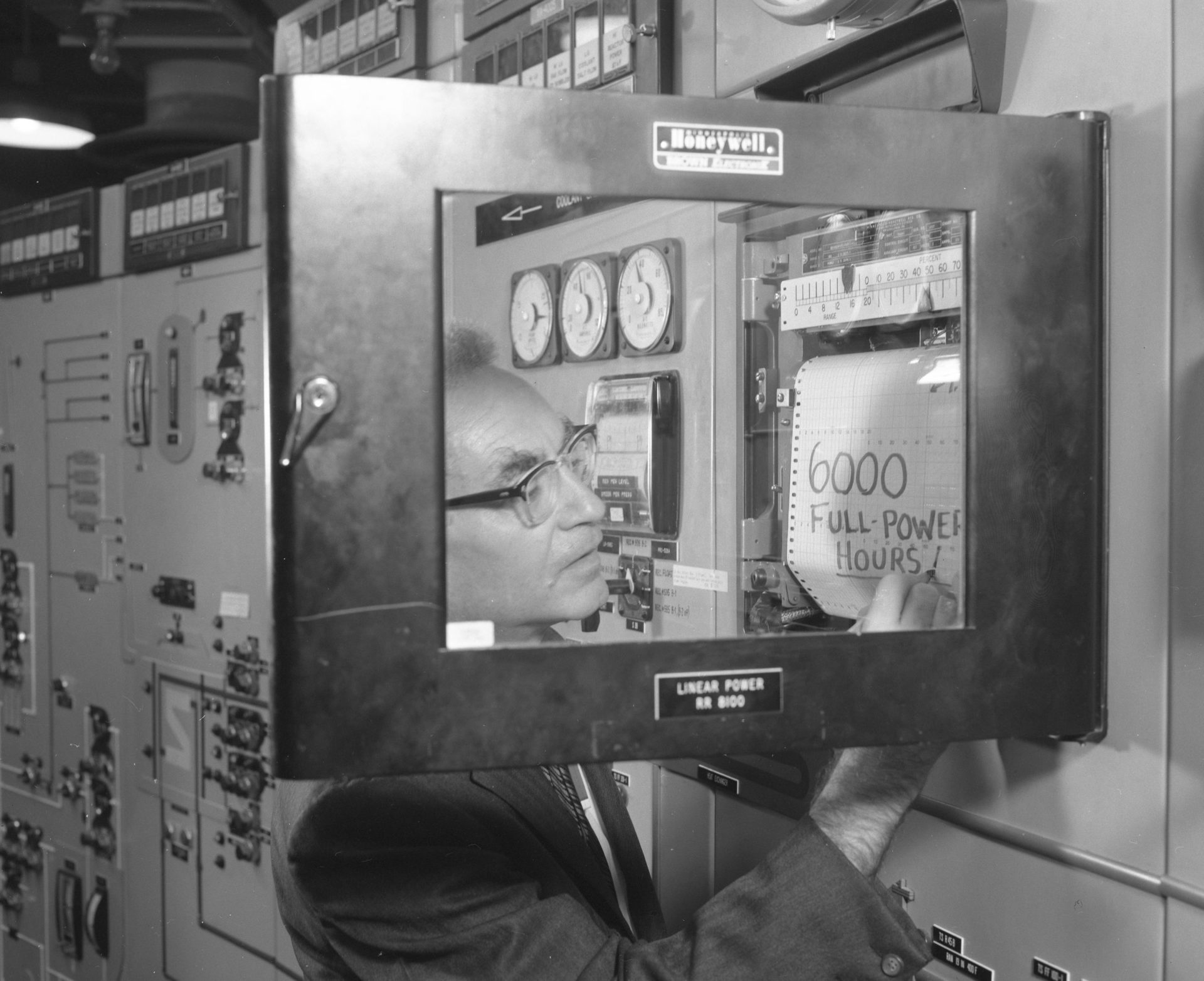Clean, affordable, reliable energy is at the heart of economic growth. Fossil fuels have powered the ascent of civilization for centuries, but a replacement energy source is needed, and I believe that it will be nuclear energy, but not as we have known it up to this point.
Today’s approach to nuclear energy uses water for coolant and mined uranium for fuel. Thermal power is converted to electricity by giant steam turbines. Condensing that steam requires access to a lot of cooling water, and limits where we can build plants. Today’s nuclear has terrible fuel efficiency: only about one-half of one percent of the energy content of the mined uranium is extracted as useful energy. What remains ends up as nuclear waste, which has been the focus of potent political opposition. These disadvantages, together with fears about meltdowns of conventional reactors, have soured the public on the potential of nuclear as a solution to future energy needs.
But there is a better story that can still be written. Reactors don’t have to use so much water, they can be more efficient, they can be safer, and we can eliminate new nuclear waste. The solution is the liquid-fluoride thorium reactor, which we are developing at Flibe Energy. It is based on thorium, the world’s greatest source of stored energy, three times more abundant than uranium and present everywhere in the world. Our reactor uses thorium so efficiently that it could power human industrial civilization for millions of years. The salt we use is a liquid mixture of lithium and beryllium fluoride salts called flibe, which is where our company gets its funny name.
Flibe salt is superior to water as a nuclear coolant in every respect, storing more heat, operating at high temperature yet at low pressure, and impervious to radiation damage. Flibe is perfectly suited for advanced, highly efficient gas turbines that are driven by heated carbon dioxide instead of steam.
At Oak Ridge National Laboratory in the 1960s, Alvin Weinberg built a small experimental nuclear reactor based on flibe salt. Meltdowns and other potential nuclear accidents were eliminated by design. No emergency response system was required because the reactor could drain itself into a passively-cooled configuration.

Our modern designs couple Oak Ridge technology with carbon dioxide gas turbines to create safe, compact, affordable systems that don’t need large water supplies for cooling, which means they can be built just about anywhere. Variant designs can also permanently destroy existing nuclear waste, generating billions of dollars worth of electricity while reducing the costly burden of nuclear waste liabilities on governments. They can also generate new fuel to start more thorium reactors.
We are working to deploy small modular thorium reactors with electric cooperatives in rural communities across the United States. From there we plan to power global shipping, an industry where a single large ship makes as much air pollution as millions of cars. Then we will replace shuttered coal and nuclear plants, repowering communities often devastated economically by their loss while taking advantage of existing power transmission infrastructure. We believe that the result of our efforts will be reliable, affordable, sustainable energy for the whole world.
Notifications